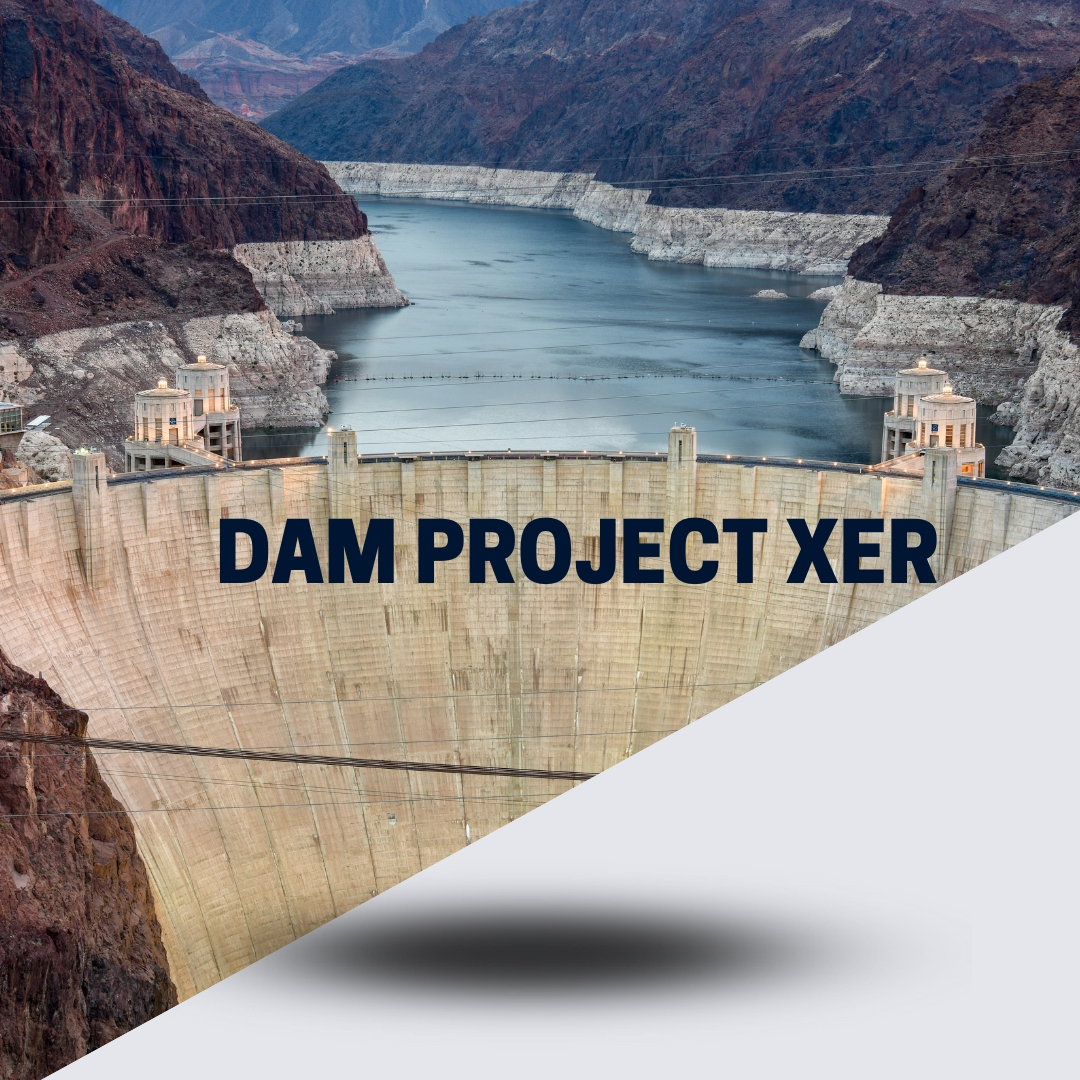● EOT in Construction
An Extension of Time (EOT) in construction refers to extra time provision added to the initial project duration due to excusable delay events that impact the project’s Critical Path. It allows the contractor to finish work after the contractual completion date without incurring liquidated damages (LDs) or penalties.
● Contractor Presents an EOT Claim
- Client Change Order Request: New or additional work requested by the client.
- Latent Conditions: Unknown or hidden conditions that were not foreseeable at the time of contract signing.
- Force Majeure: Unforeseen events such as natural disasters, pandemics, or other acts of God.
● How to Prepare an EOT Claim?
- Notify the Project Manager (PM): Inform the PM that an issue may influence the project’s schedule.
- Assessment by Contract Manager: The contract manager assesses the claim letter and gives approval or dismissal to the PM.
- Written Notice: If a time limit is specified, a written notice must be given to the PM.
- Completion within Time Frame: Some agreements specify that EOT claims must be resolved within a certain timeframe to avoid automatic rejection.
● Documents Needed to Assess EOT Claim
- Notice of specific issues causing delays
- Request for Information (RFI)
- Material Submittal Log
- Shop Drawing Log
- Inspection Request
- Project Activities List impacted by delay
- Time required (working days)
- Images illustrating delay issues
- Contractor actions to prevent/minimize delays
- Baseline Schedule/Updates
● What to Consider During EOT Request
- Concise EOT letter
- Contract clause allowing the application
- Evidence of reasons for delay
- Suggested retrieval plan
- Damages (if any)
- Requested calendar/working days amount
- Activities affected by changes
● Factors to Consider
- Distinction between calendar days and working days
- Bonds to be re-issued to cover extended periods
- EOT should cover all delays
- Additional time won’t be granted for the same item once it is approved
● Delay Analysis Methods
- Time Slice Window Analysis: Compares windows of time throughout the project.
- Time Impact Analysis: Assesses the impact of each delay on the project.
- Collapsed As-Built/As-Built But-For: Evaluates what would have occurred without the delays.
- Impacted As-Planned: Examines the effects of delays on the planned schedule.
- As-Built vs. As-Planned: Compares the actual progress with the original plan.
● EOT Claim Analysis Report
- Executive Summary:
- Key info: Project, Client & contractor’s names
- Original duration
- Contract value
- Currency
- Scope brief
- Claim body
- Supporting technical argument
- Table of Content:
- Index of topics included in the report
- Introduction:
- Broad picture of problems affecting project execution in terms of the contractual framework and main technical concepts
- Contractual Framework:
- Contractual relationship between parties, document list, precedence, relevant clauses, and resolution
- Claim Body:
- Contractor’s Programme: Construction sequence, methods, resources, baseline basis
- Actual Conditions: Change in original conditions, detailed narrative
- Actual Conditions Impact: Events & changes made by the client affecting cost & time during execution
- Legal Entitlement:
- Right under contract framework/law vs. actual project conditions
- Claim Quantification:
- Cost & time requested, detailed cost accumulation
- Supporting Technical Arguments:
- Schedule baseline
- Current schedule
- Cost estimate
- Correspondence
- Field reports
- Legal brief
























































